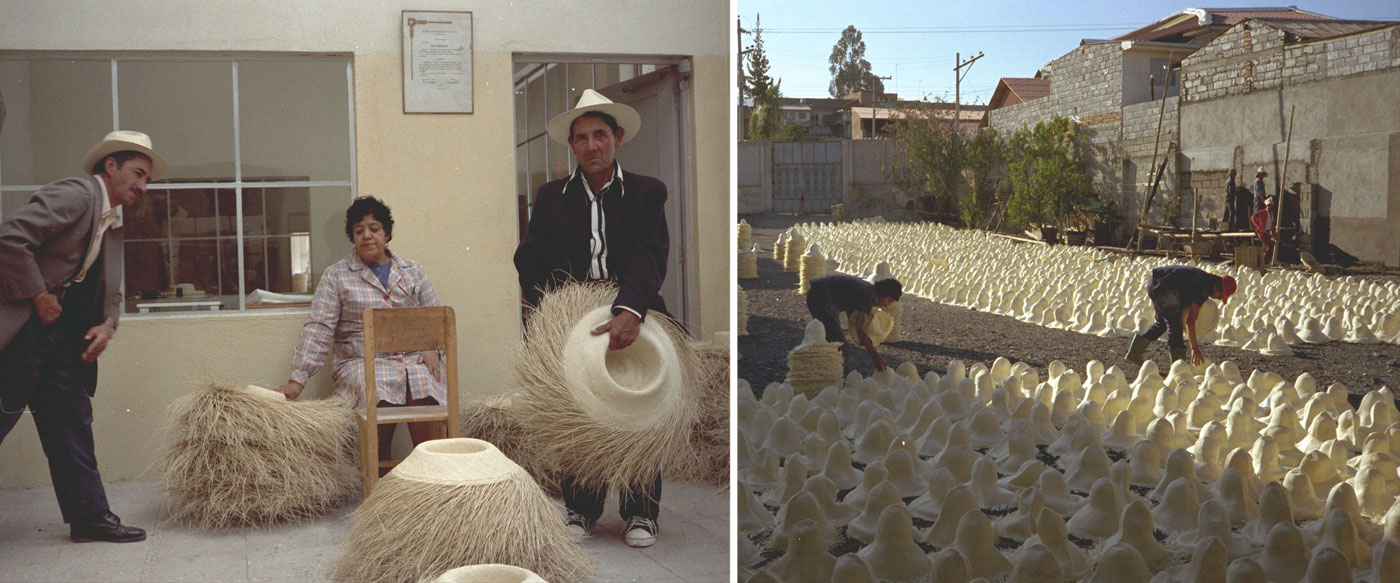"PANAMA" HATS ARE WOVEN IN ECUADOR
The crafting of panama hat "bodies" into many beautiful and functional styles is a particular specialty of San Francisco Hat Company. Our commitment to finely crafted, packable, wearable fashion was inspired by our fascination with these beautiful hats.
The fine straw hats known as "panamas" actually originate in the mountains and the coastal regions of Ecuador, where high altitudes and equatorial sun have made the creation of superior sun protection a practical necessity.
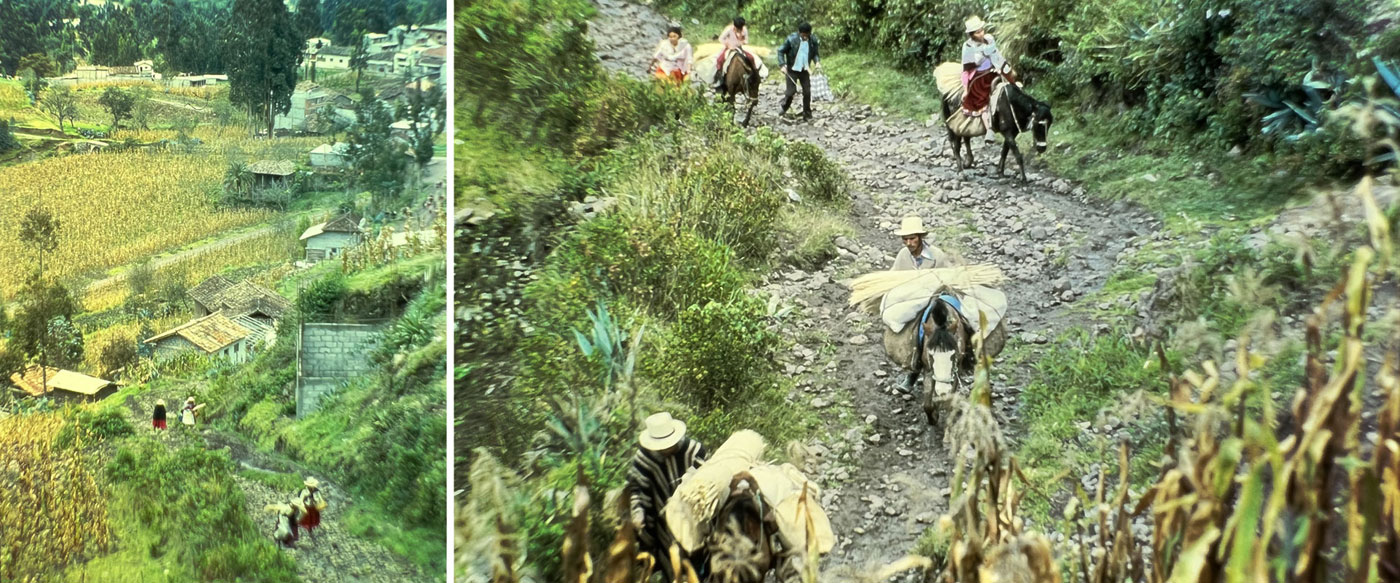
The panama is a masterpiece of craft and utilitarian design—finely woven and breathable, weighing only a few ounces, comfortably light and soft, rollable for packing. Apparel so pure and classic can easily be taken for granted. It is instructive to turn the hat upside down and to consider that it is kindred to the prized basketry of the other indigenous peoples of North and South America. The panama is a happy union of a long, proud tradition of fine weaving and the availability of a superb local material - a straw at once fine, flexible, and strong, with a memory for shape.
Panama hats are made from the sustainably harvested young leaves of the panama hat palm, Carludovica palmata. Carludovica grows in the coastal rain forests near the city of Guayaquil, and the towns of Montecristi and Jipijapa, whose names on occasion also describe the straw or hats. As well as for hats, people of the region use the straw to thatch the roofs over their heads.
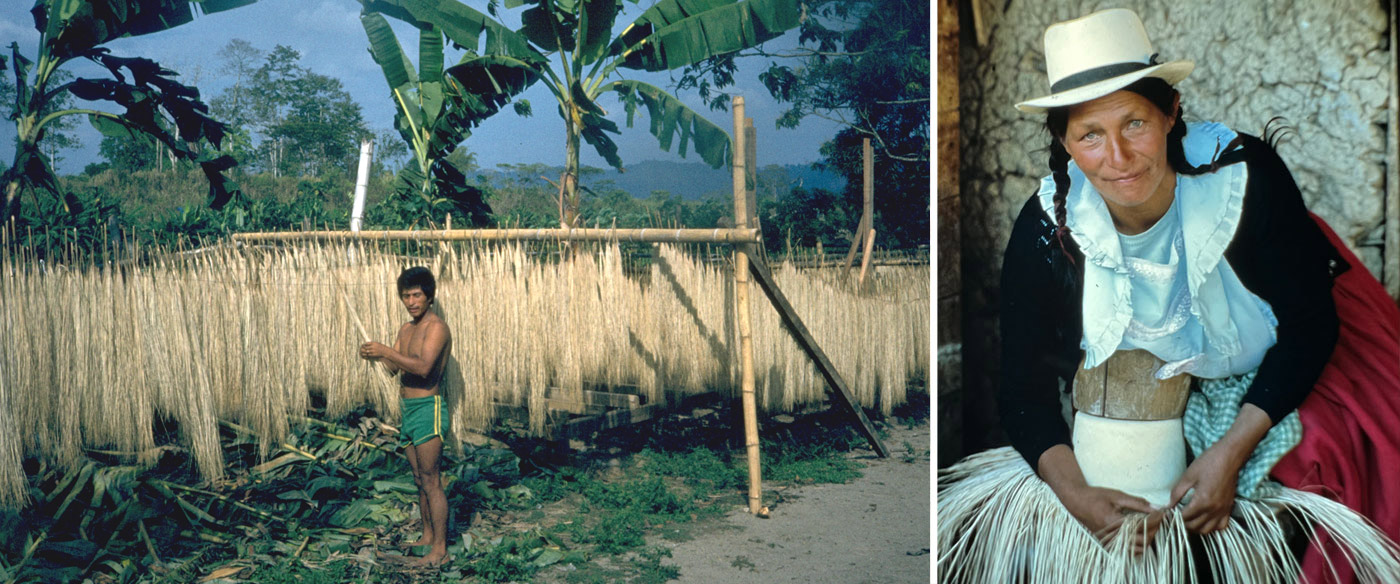
Fan shaped leaves adorn trees of about eight or ten feet. Because Carludovica is not a true palm, young leaves can be sustainably harvested without threatening the life of the tree. The leaves are boiled or "cooked" to remove sap and combed into thin straws. The more adept the cooking and the thinner the straw, the finer the woven hats will be. Weavers in the countryside around Montecristi carefully prepare very fine straw to make the fantastically fine, cream colored hats for which Montecristi is famous. Most of the straw is bundled and transported a few hours away to Azoguez Province, high in the Andes, the center of panama hat production, perhaps the world's largest cottage industry.
Cuenca, the capital of Azoguez, is a luminous and historical city stretching centuries back to the Spanish conquistadors and before that to the Incas. Panama hats have long been part of the indigenous costume of the area. Men wear generic European-American apparel, while women favor long braids, colorful full skirts and shawls or sweaters. Both men and women wear panama hats, usually blocked into a fedora shape and whitened with sulphur.
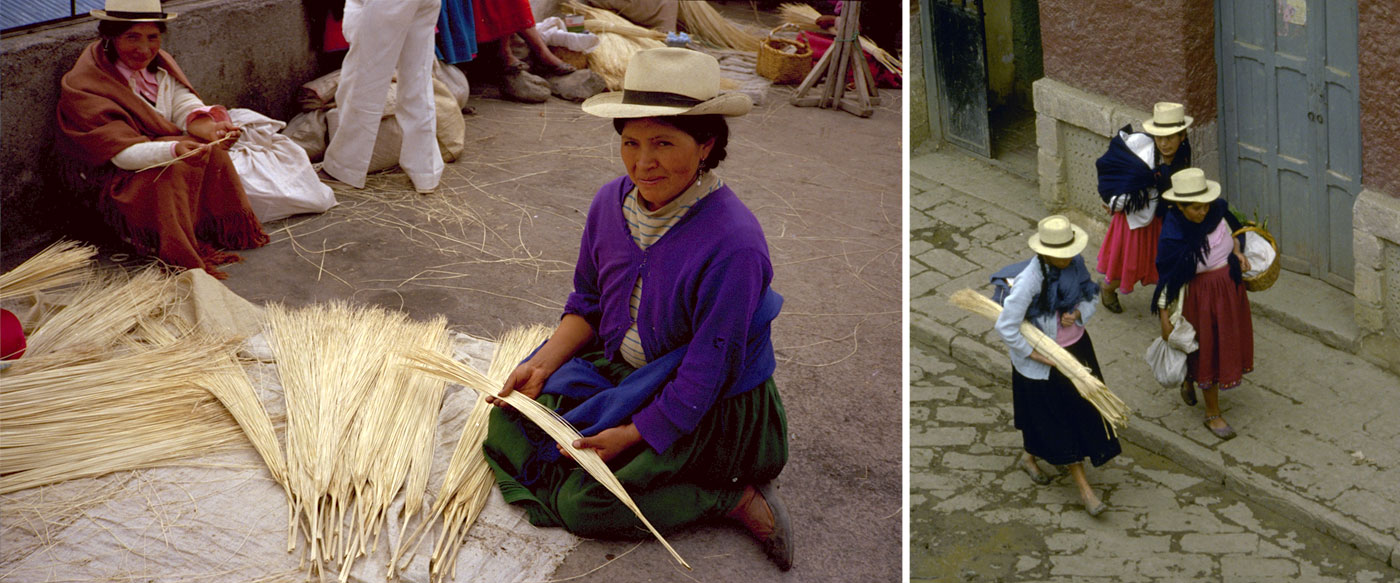
Weavers purchase straw at the local markets, carefully selecting for light, even color. Occasionally we see a beautiful hat body with alternating darker and lighter straws and speculate that a frugal talented weaver made a virtue of a less expensive bundle of straw.
The weavers are farmers and their production follows the cycles of their agricultural lifestyle. Men and women sit in the doorways of their cottages, weaving over cylindrical wooden blocks held in their laps or on stands. Several straws are woven into a distinctive regional "button" at the top of the crown, and the loose ends are plaited around and around. As the weaving progresses and the crown and brim take shape, new straws are added, making engire rings.
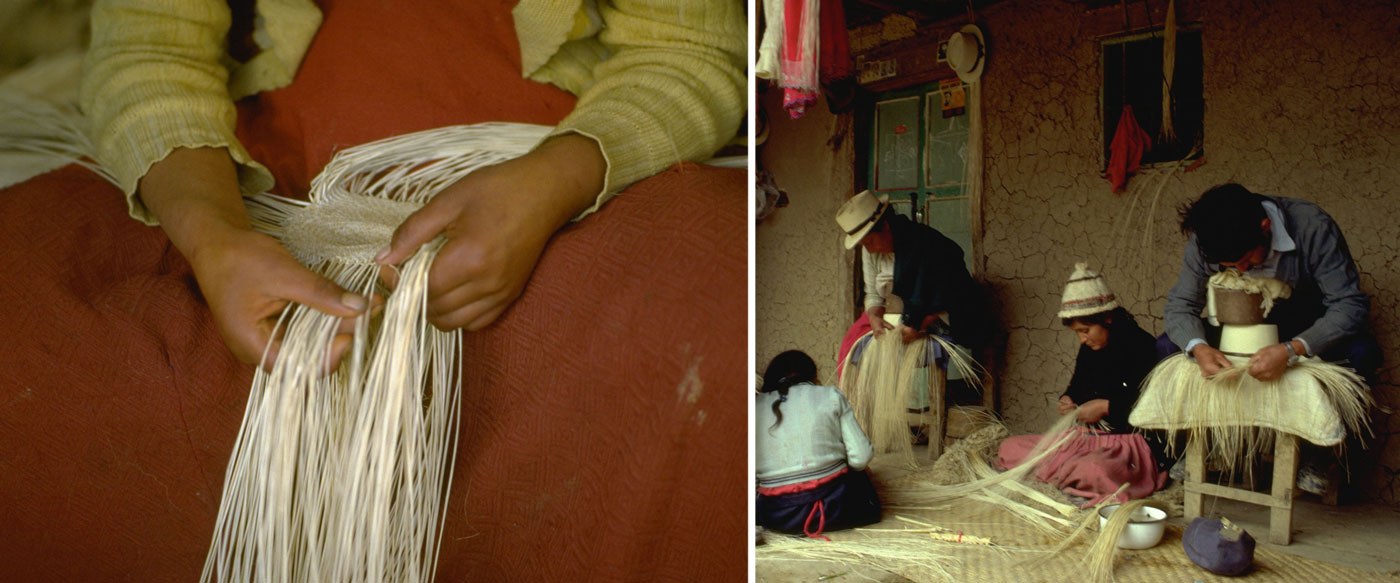
A hat woven of many fine straws will accumulate several engires as it grows. A Montecristi fino held up to the light will reveal a lovely pattern of concentric circles of tiny stars of light. Sometimes a very fine hat is referred to as a seven or nine or ten ring hat, although whether this is a definitive standard of fineness is disputed. A standard-grade hat is the work of a day or two. A fino might take two or three weeks. A super fino might represent two months' effort by one of a few very special artisans.
Hats are sold within cooperatives or to a long established network of agents who bring them to markets and finishing factories in the bigger towns. Here the hats are graded and sent out to other weavers who finish the brim edges to the desired width and replace any discolored straws. Hats are washed and set out to dry on courtyard floors. They are usually bleached, and they may be dyed. Some hats may be blocked and trimmed. Most are baled and sent on to hatters around the world.
